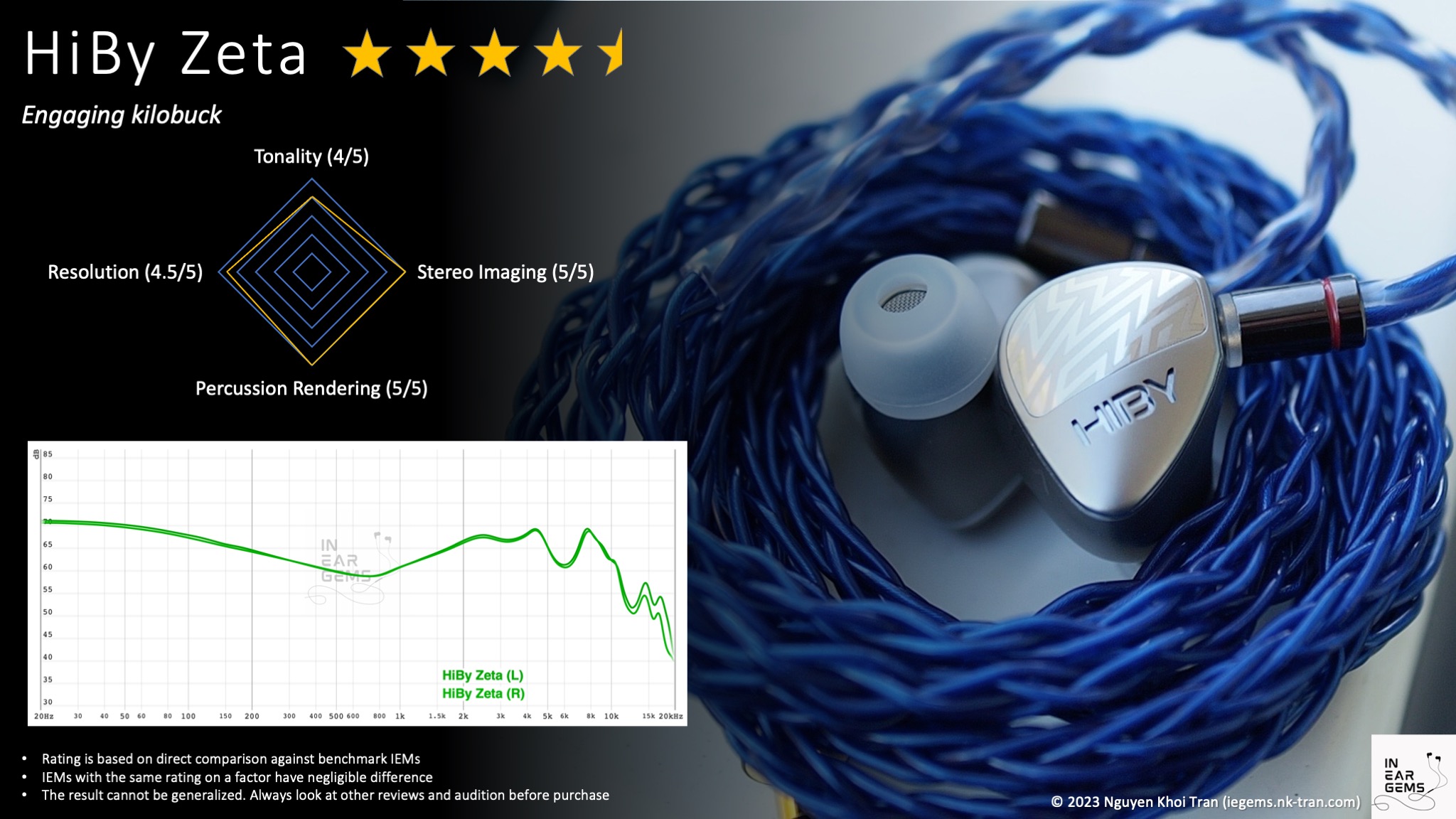HiBy Zeta - Engaging Kilobuck
HiBy is well known for its music app and a lot of digital audio players (DAP) with similar names (Am I the only confused about the R6, New R6, R6 Gen II, R6 Gen III, R6 Pro, R6 Pro 2?) What I didn’t know is that they also make IEMs. Are they good? Today, we look at HiBy’s state-of-the-art flagship IEM, the Zeta.
Forewords
- My review aims to tell you where an IEM is within a consistent and simple scale from 1 (poor) to 5 (outstanding). Scores are assigned by A/B tests against benchmark IEMs, regardless of the retail price.
- What I look for in an IEM is immersion. I want to feel the orchestra around me and hear all the details, not for the sake of having details but for realism. IEMs achieving such presentations have a higher rating.
- Ranking list and measurement database are on my IEM review blog.
- This review is based on a loaned unit from HiBy (Thank you @Joe Bloggs!). I have no affiliation with or financial interest in HiBy. The unit retails for USD$1399 at the time this review was published. You can find out more info and get yourself a unit from the HiBy store.
Specs
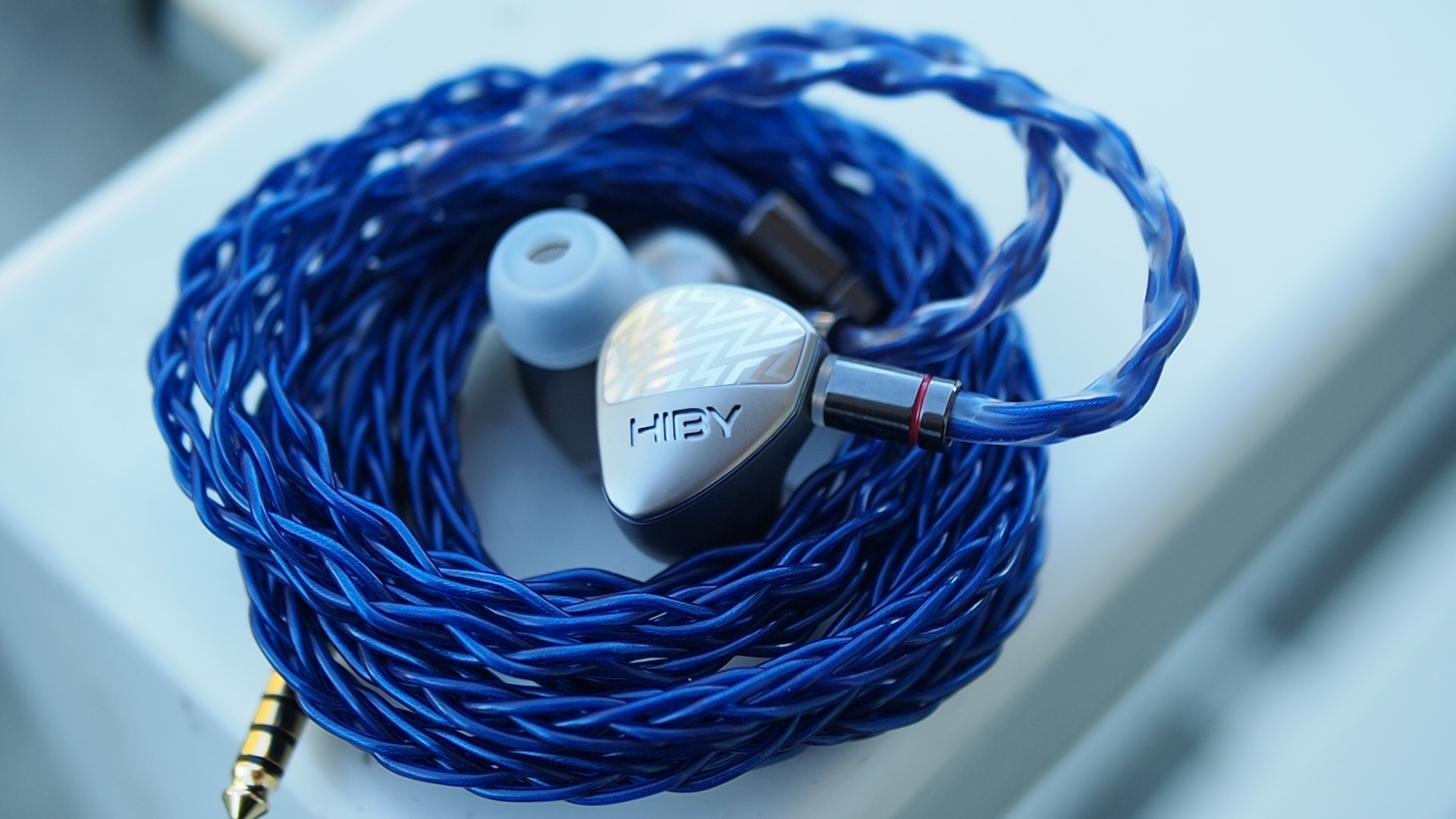
- Driver: 1DD (Liquid Silicone & Kevlar diaphragm) + 1 Mid-Lows BA (Sonion) + 2 Mid-Highs BAs (Knowles) + 1 High BA (Knowles) + 4 Ultra-high ESTs
- Crossover: 5-ways
- Connector Type: 2-pin
- Impedance: 9ohm
- Sensitivity: 112dB/mW
Non-sound Aspects
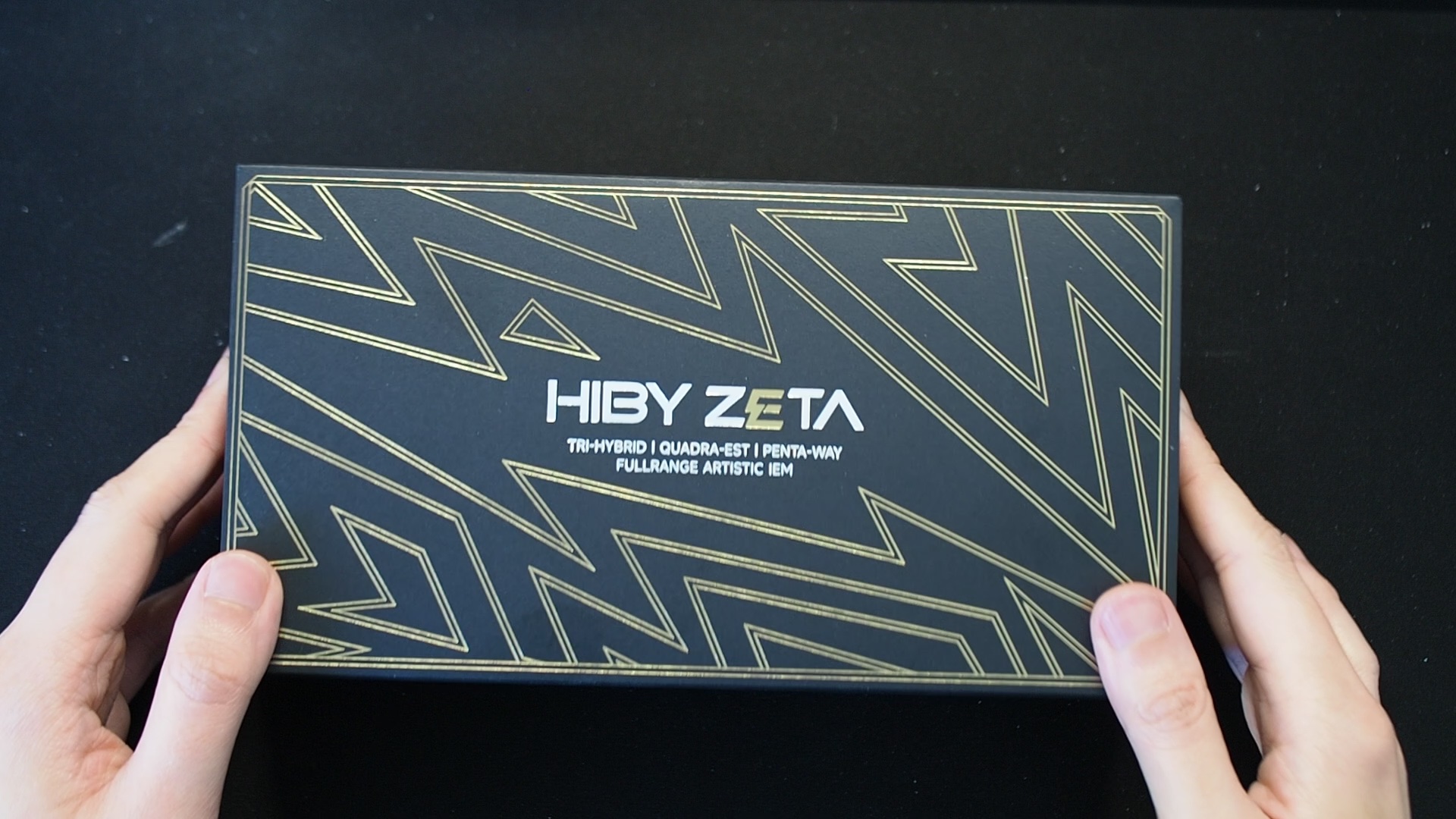
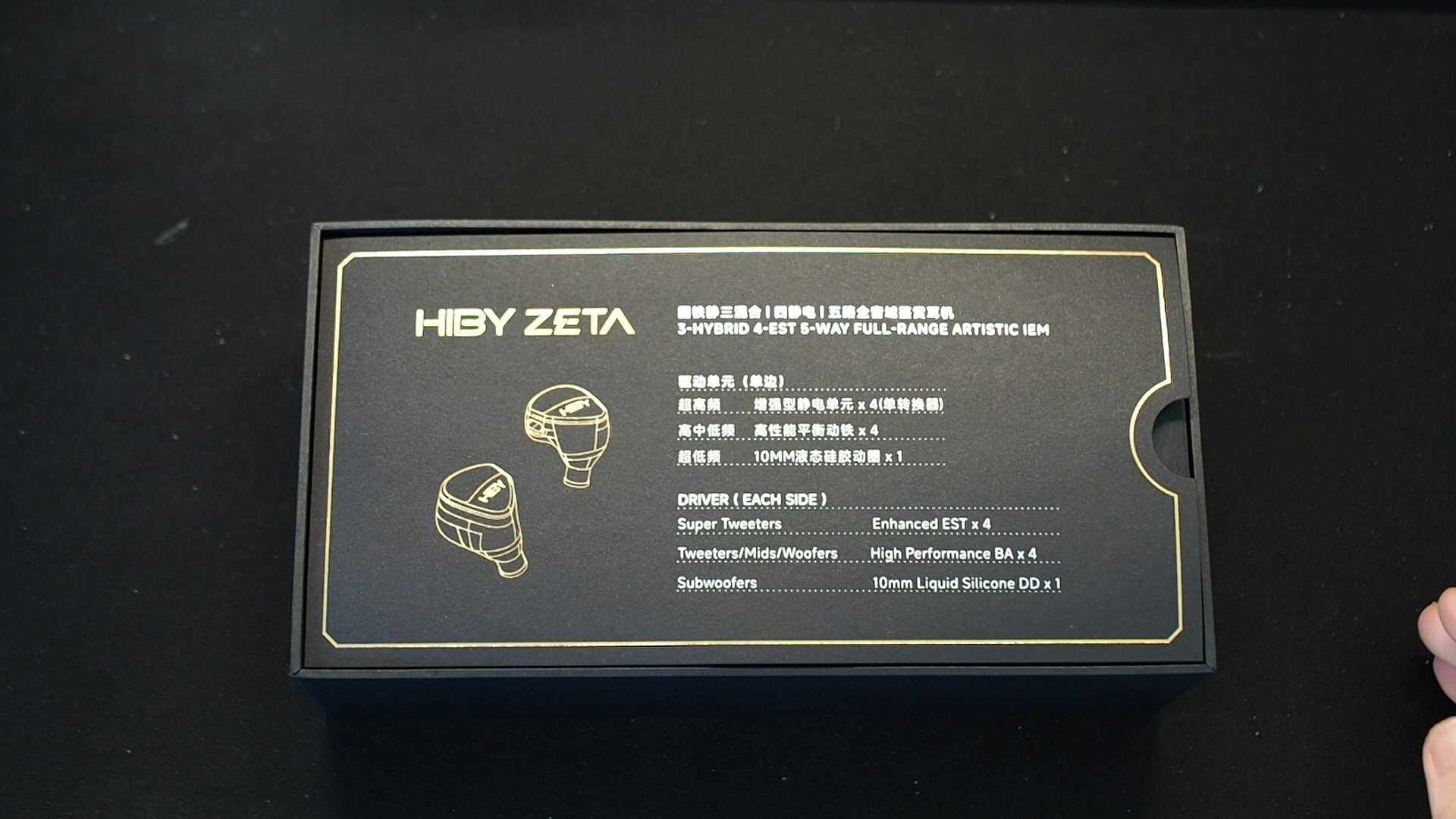
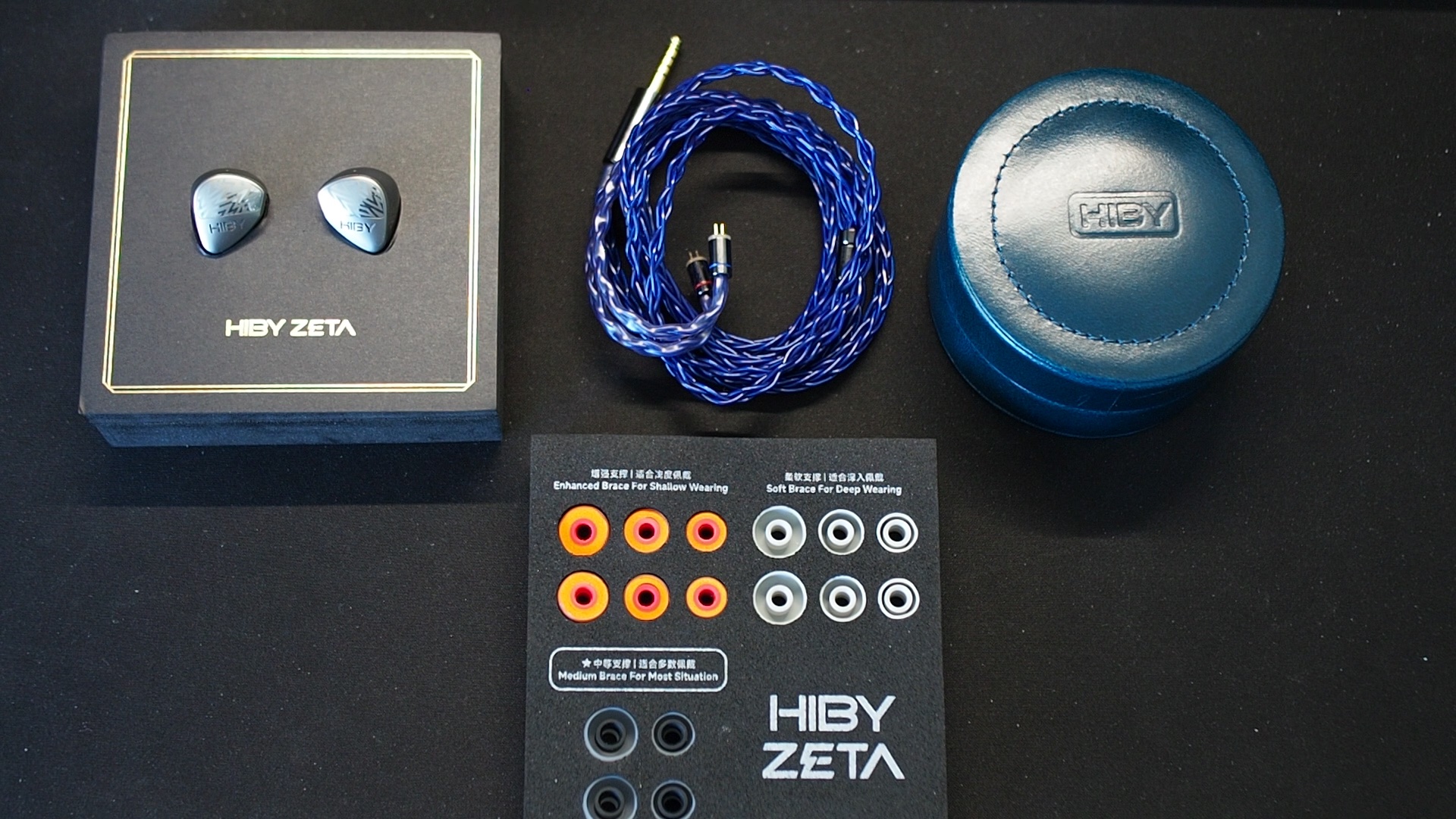
The unboxing experience of Zeta is less glamorous than what I expected from a flagship IEM. However, the content inside the box makes up for the unboxing experience.
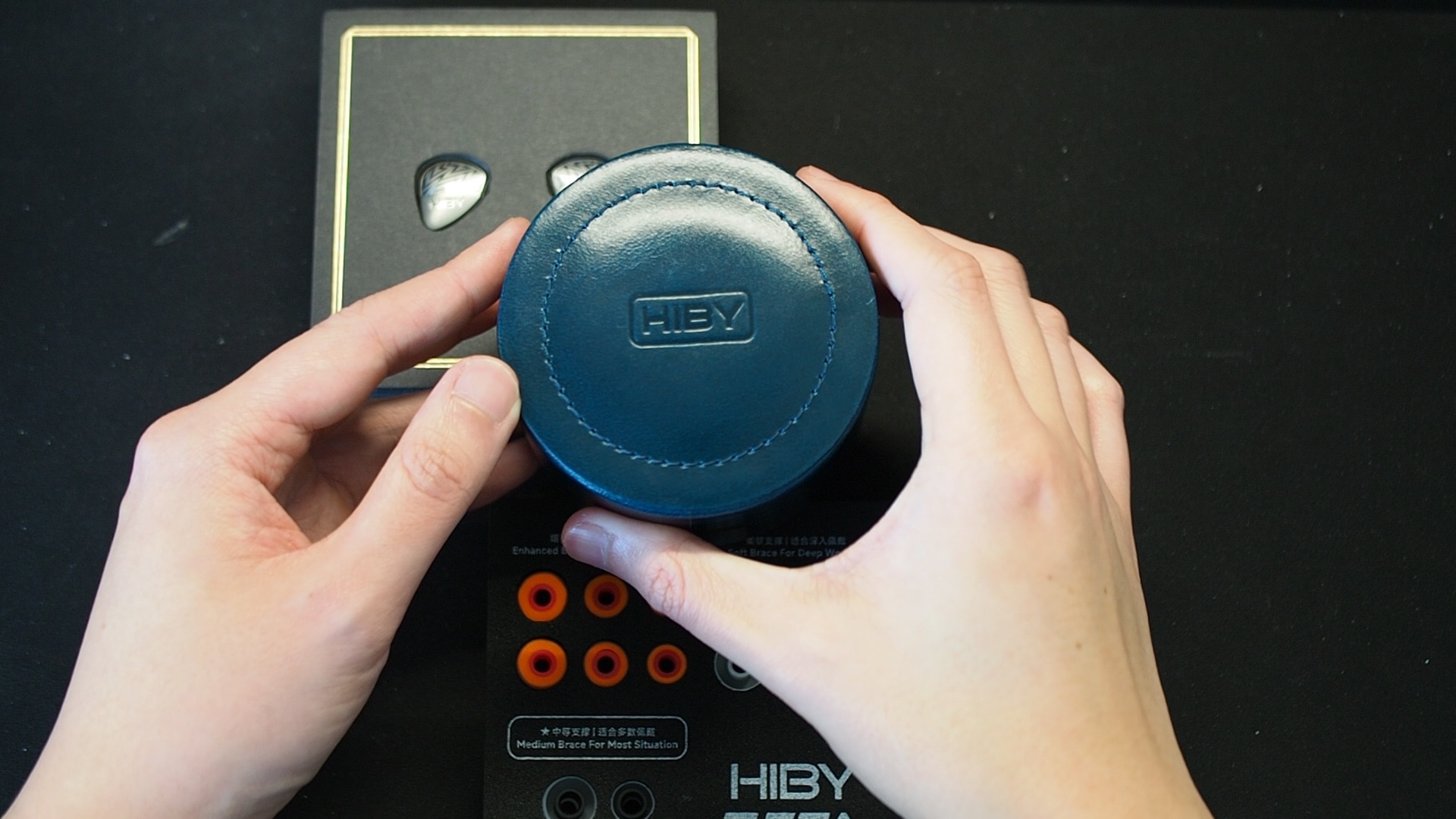
Starting with the case, HiBy packs Zeta with a leather puck case similar in size and shape to the ones used by 64 Audio. The leather and the stitching feel more luxurious than the utilitarian design of 64 Audio. I’m a sucker for puck cases, so you know that this case is a hit to me.
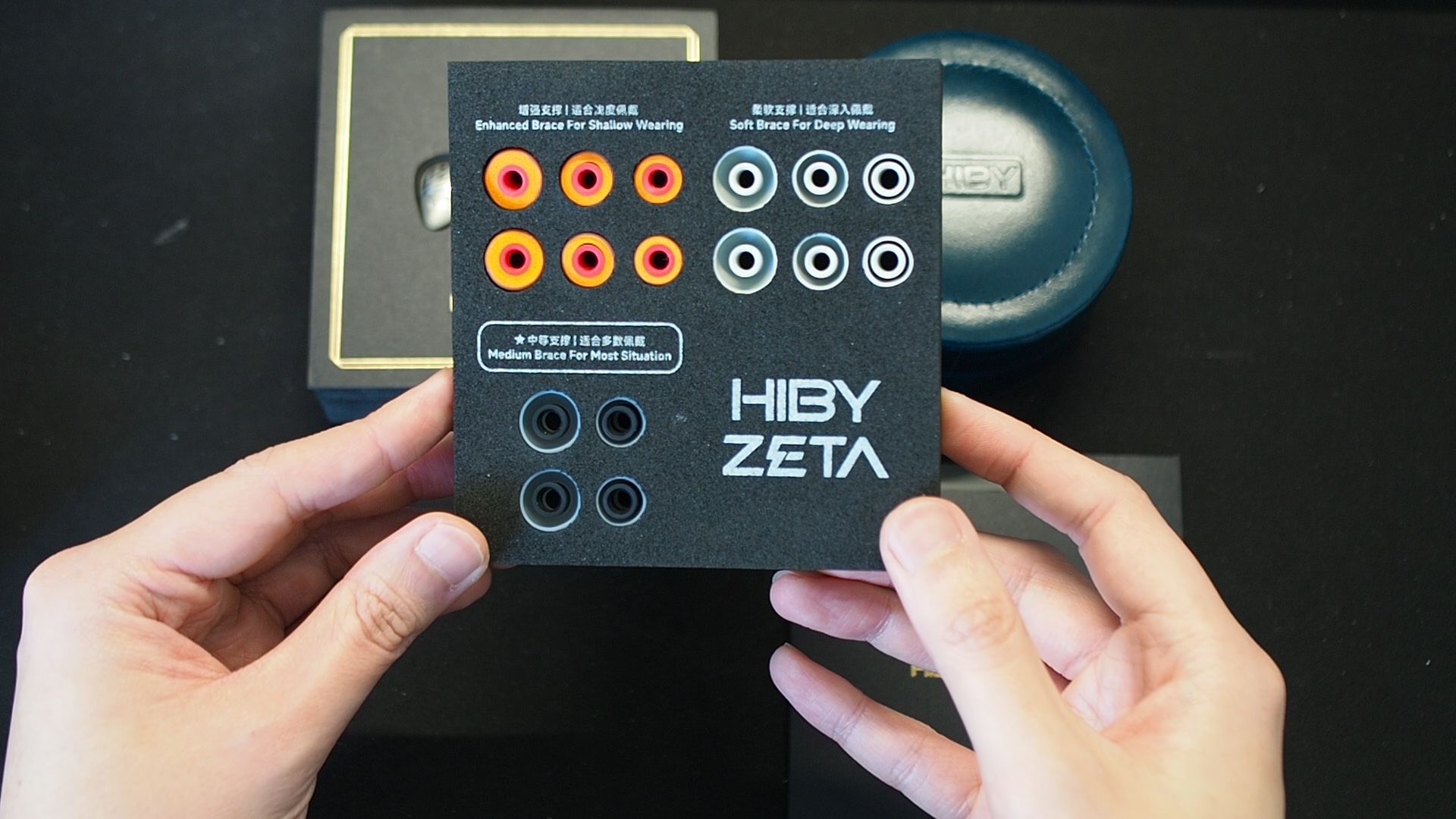
Inside the box, you can find 3 types of ear tips. I find it interesting that the tips provided by HiBy are not for changing tonality but to accommodate different wearing styles (shallow or deep insertion). I was also interested to see the silicone-foam hybrid tips. However, the experience with these tips was worse than my imagination (just because of the tips, not Zeta). I used my Spin Fit CP145 tips for all listening tests.
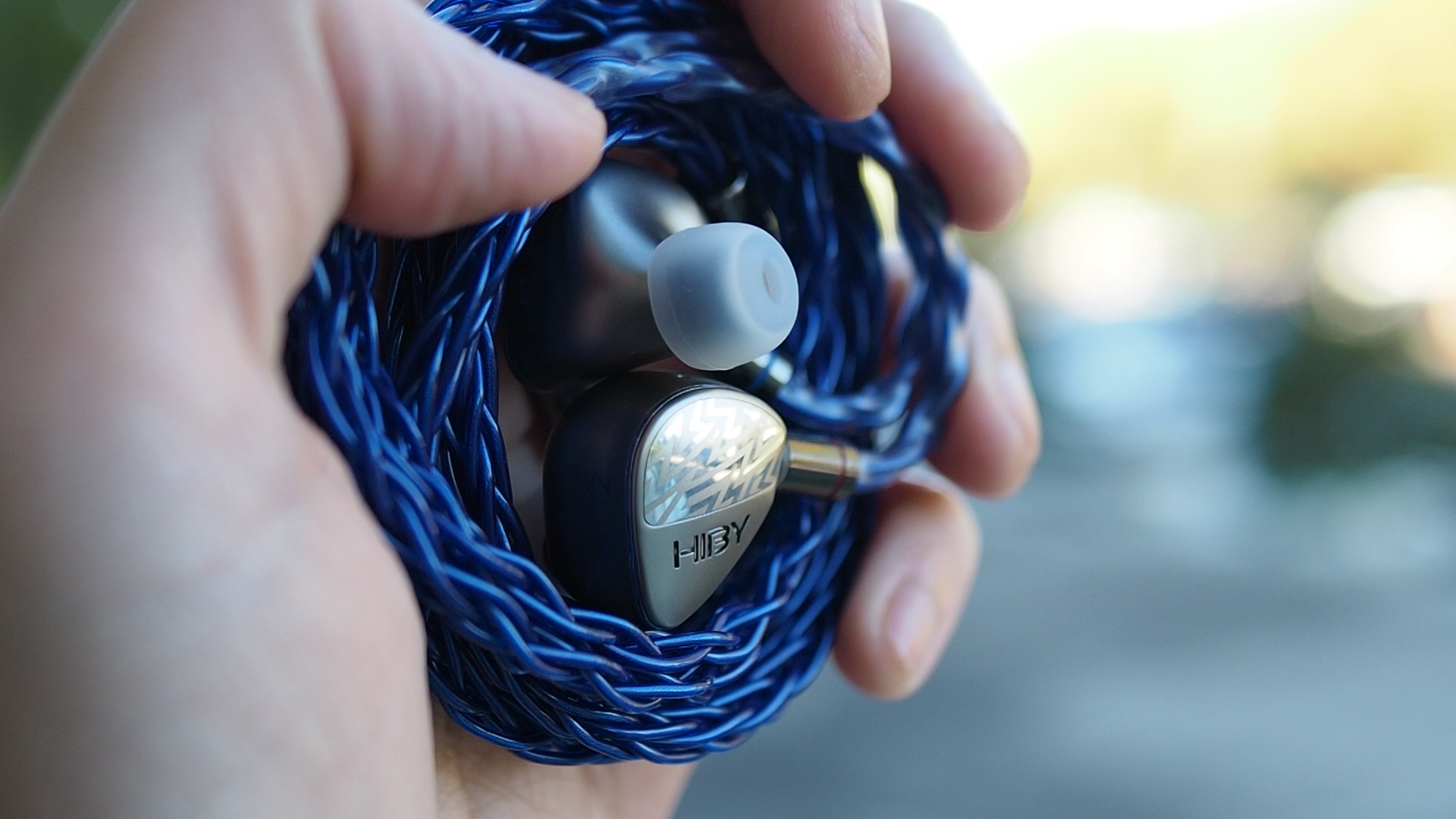
The cable coming with Zeta has a bluish/purple colour. It is thick and strong but manageable and does not get tangled. All the plugs and splitter are well-machined and polished. The cable terminates with a 4.4mm jack, my favourite.
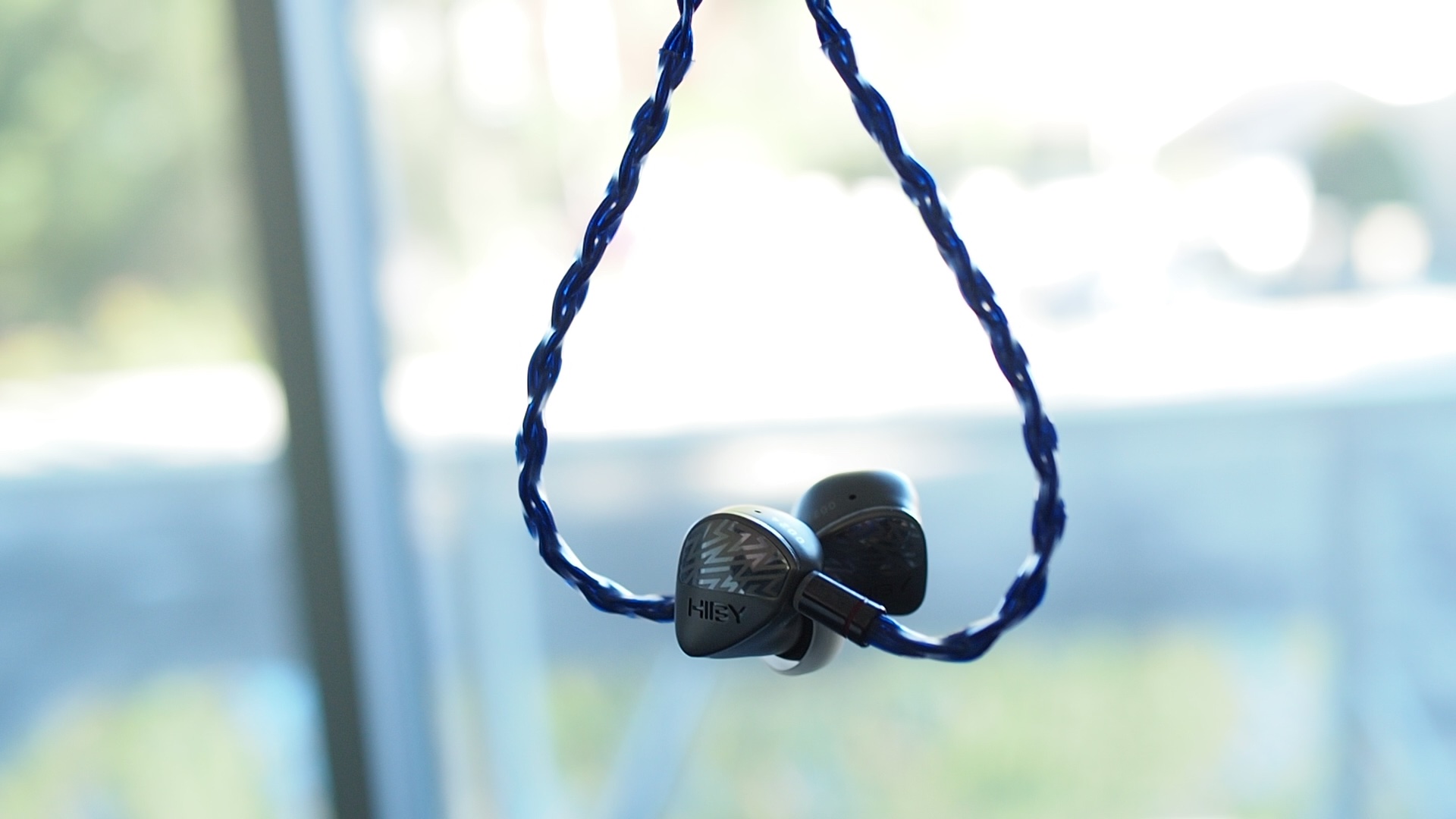
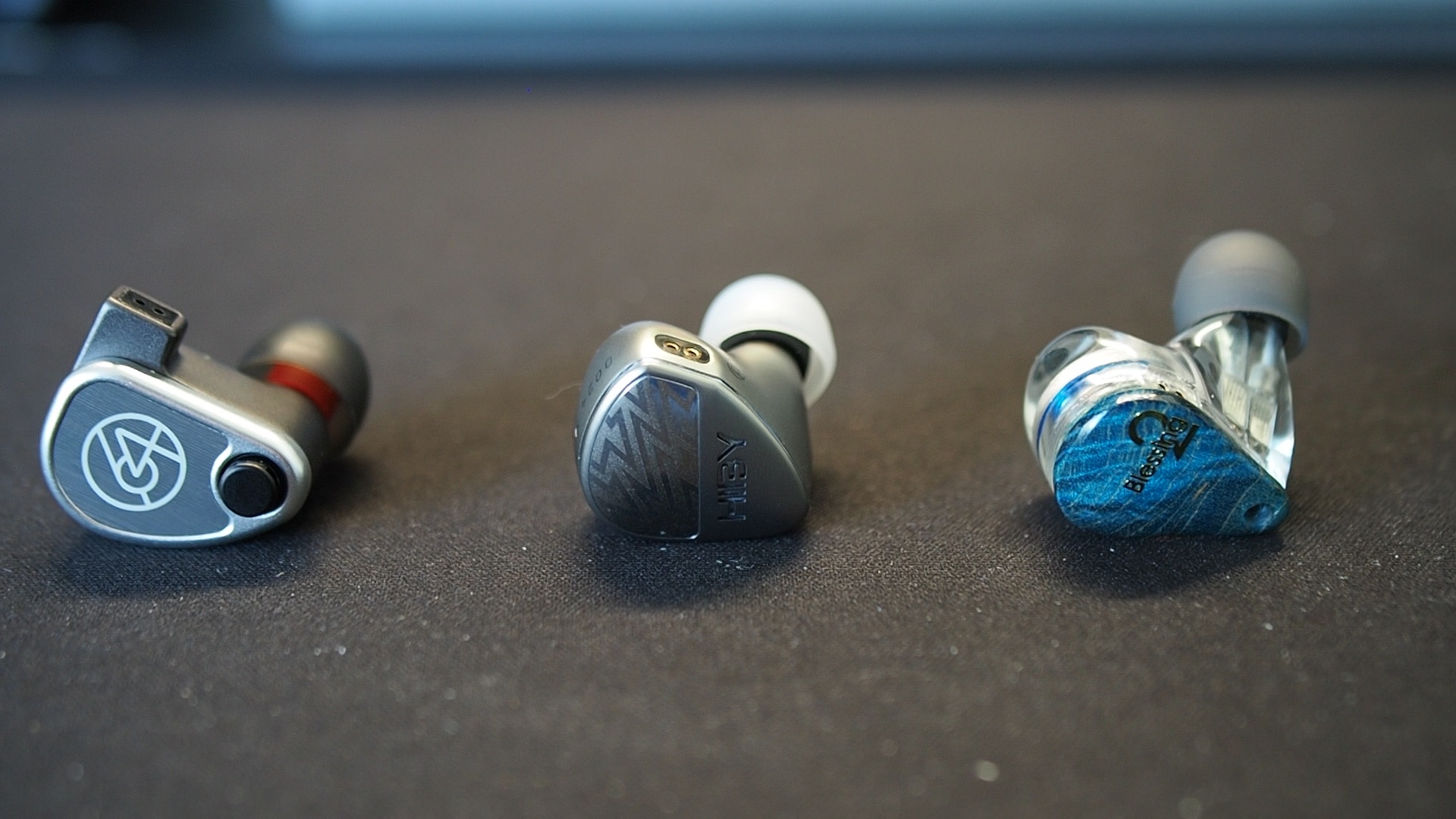
Zeta is a medium-sized IEM machined from titanium. The earpieces feel dense and robust. Similarly to the FiiO FH9, which also features titanium shells, Zeta never feels too cold to the touch. The shells have some visual flair, mirror-polished patterns, and an engraved company logo.
I did not experience discomfort when testing Zeta, though I needed to let my ears rest after every few hours. Even though Zeta has venting, it does not feel as open as 64 Audio IEMs with APEX vents.
How it sounds
Sources for listening tests:
- Fiio K7 (for all A/B tests)
- Shanling M6 Ultra
- Hidizs S9 Pro
Local FLAC files ripped from CDs or bought from Qobuz were used for most casual listening and A/B tests. My playlist for A/B tests can be found on Apple Music here.
All of my listening was done with Spin Fit CP145 ear tips. I listen at a medium volume. I usually turn up the volume until the midrange is fully audible and detailed, unless a treble peak or overwhelming bass prevents me from doing so.
Tonality and Timbre: 4/5 - Good
Frequency response of Zeta. Measurements were done with an IEC-711-compliant coupler and might only be compared with other measurements from this same coupler. Visit my graph database for more comparisons.

Tonality or “tuning” is where objectivity and subjectivity meet. Objectivity exists in the squiggly lines above, called Frequency Response (FR) graphs. They are created by sweeping a signal from 20Hz to 20kHz and measuring the corresponding loudness coming from an IEM. Unless a human operator deliberately tampers with the microphone or the data, FR does not care about the price or prestige of an IEM and, therefore, is “objective.”
However, human listeners are not microphones. Our ears and brain interpret the sound and decide whether it is “enjoyable.” It is also beneficial to remember that when you play a note on a musical instrument, multiple sounds (fundamental and harmonic) appear simultaneously and mix together. Achieving a life-like balance between frequencies and adding a tasteful amount of imbalance (“colouring the sound”) is the hallmark of an excellent tonality.
The tonality of Zeta can be described as warm, moody, and pleasant. Upon first listening, you might find Zeta somewhat generic and pedestrian. But soon, the bass and the warm midrange start to suck you in and never let go. Zeta can handle any genre and never gets harsh or unnatural. These IEMs work incredibly well with commercial music. They also work well with orchestral and cinematic music, though, for my personal preference, I want the midrange to be a bit more open and the treble air a bit more emphasised.
Let’s break down the response of Zeta and relate the subjective experience to the measurements.
The star of Zeta’s tonality is the bass response. The peak of the bass shelf is also the highest or loudest point of the entire frequency response of Zeta. However, the emphasis on the bass is not as extreme as a true basshead IEM, like 7Hz Legato. Zeta focuses on the sub-bass region but does not neglect the mid-bass region. As a result, you can hear and feel the bass.
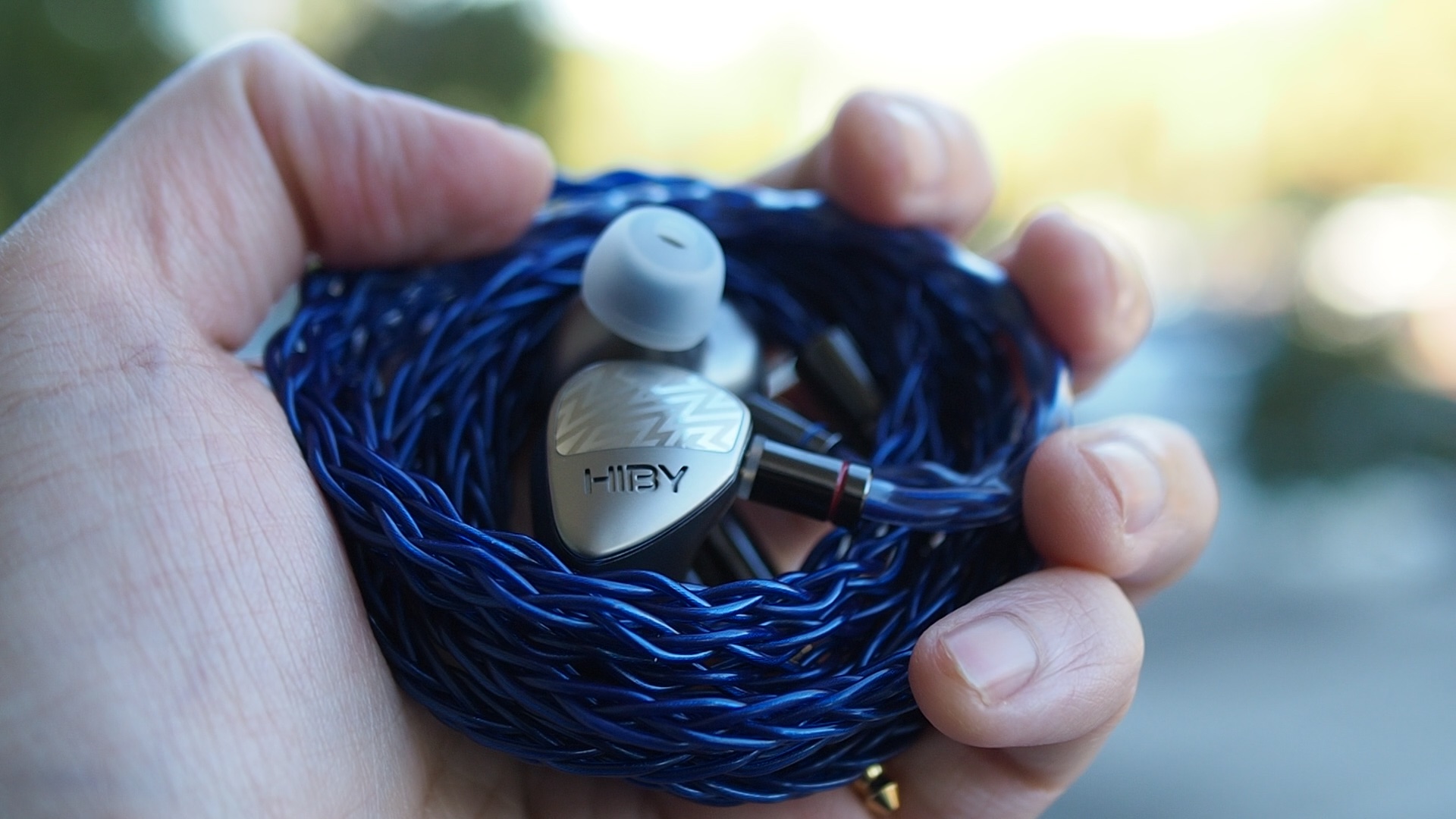
The midrange of Zeta is warm and has a thicker note weight than neutral because it does not have a distinct separation between midrange and bass. There is a solid boost of 5dB above neutral in the lower midrange region, around 250Hz. Depending on your music library and preference, this tuning can be musical or muddy.
The upper midrange of Zeta is mild but correct. The ear gain from 1kHz to 4kHz has the right shape and a sensible amount of only around 8dB above neutral. This tuning ensures that most instruments and female vocals are natural. It means no hollowness, honkiness, boxiness, or other nasties exist. At the same time, Zeta’s midrange is never shouty or in-your-face.
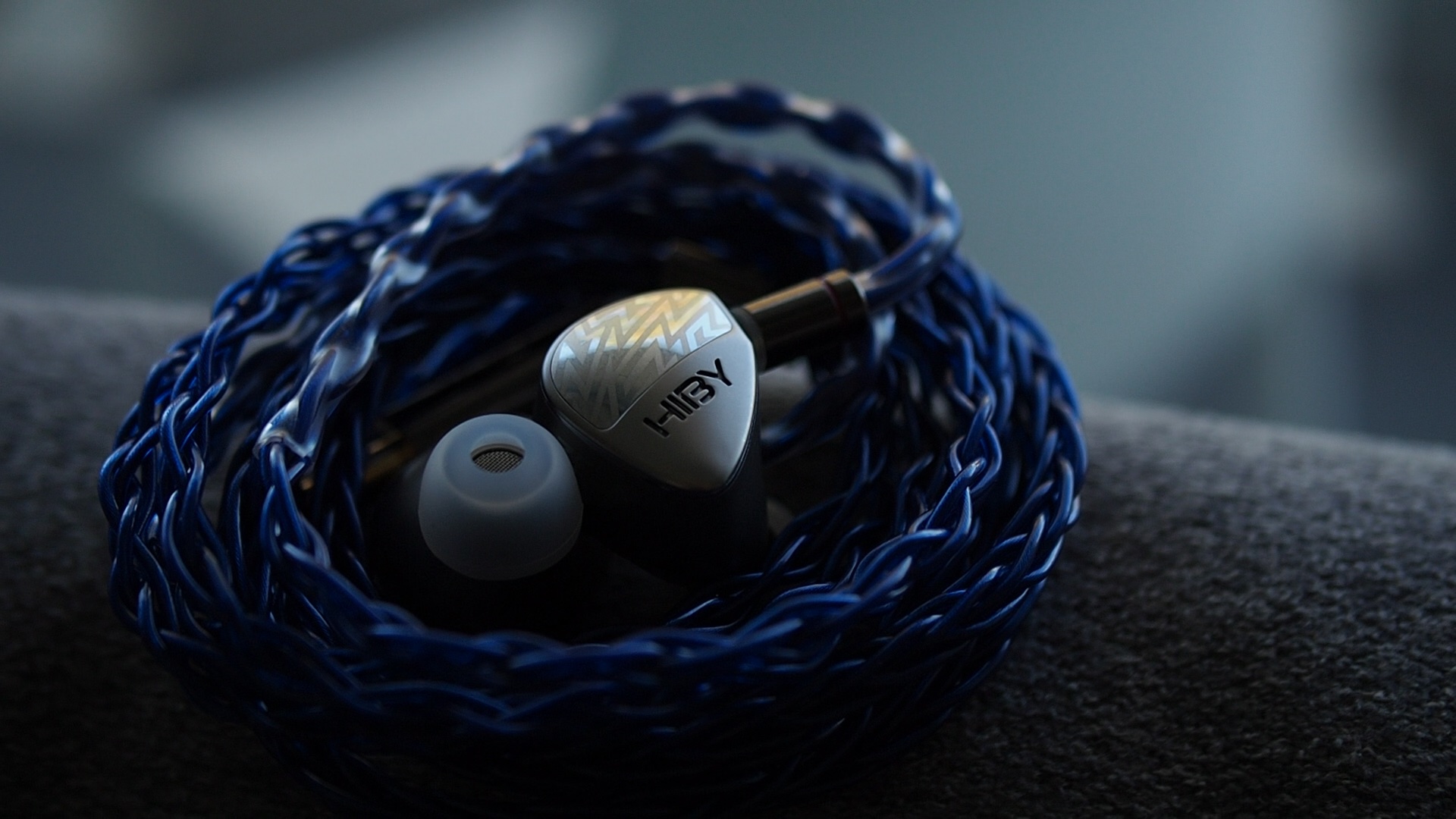
The treble region is another star of Zeta’s response. It provides “special effects” to the mild and warm midrange, making the listening experience exciting and special.
The treble region has a few interesting characteristics:
- There are emphasises at 5kHz and 8kHz to improve note definition, highlight note attacks (e.g., string plucks, bow attacks, stick impacts), and provide sparkles to cymbals and chimes.
- We have a strategic dip at around 6-7kHz to remove harshness and sibilance.
- We have a slight roll-off in the upper treble region from above 10kHz. However, luckily, the all-important 15kHz region still maintains adequate energy.
The BA and EST tweeters work together to create a smooth yet highly detailed treble response. I find the treble quality addicting.
In summary, I find the tonality and tuning of Zeta to be a lesson about balance. The Zeta is mild, warm, and pleasant. Yet, it is also powerful and exciting. That being said, I do have two complaints. Firstly, the 250Hz could be dropped by a few dB to open up the midrange just a touch. Secondly, the air region centring around 15kHz could be further emphasised to highlight that addictive EST treble. So, I say Zeta’s tonality is 4/5 - Good, but it could be even better.
Resolution, Detail, Separation: 4.5/5 - Very Good

Resolution is a fascinating subject due to the difficulty of pinning down what it really is. To me, “resolution” can be broken down into three components:
- Sharpness, incisiveness, or “definition” of note attacks (see the figure above).
- The separation of instruments and vocals, especially when they overlap on the soundstage.
- The texture and details in the decay side of the notes.
The first two give music clarity and make it easy to track individual elements of a mix. The last provides music details and nuances. Generally, a smooth frequency response and good drivers give the best resolution.
The resolution of Zeta is as you expect from a pair of high-end IEMs. Note definition is sharp. Instrument separation is clear. Music reproduction is rich in texture and details.
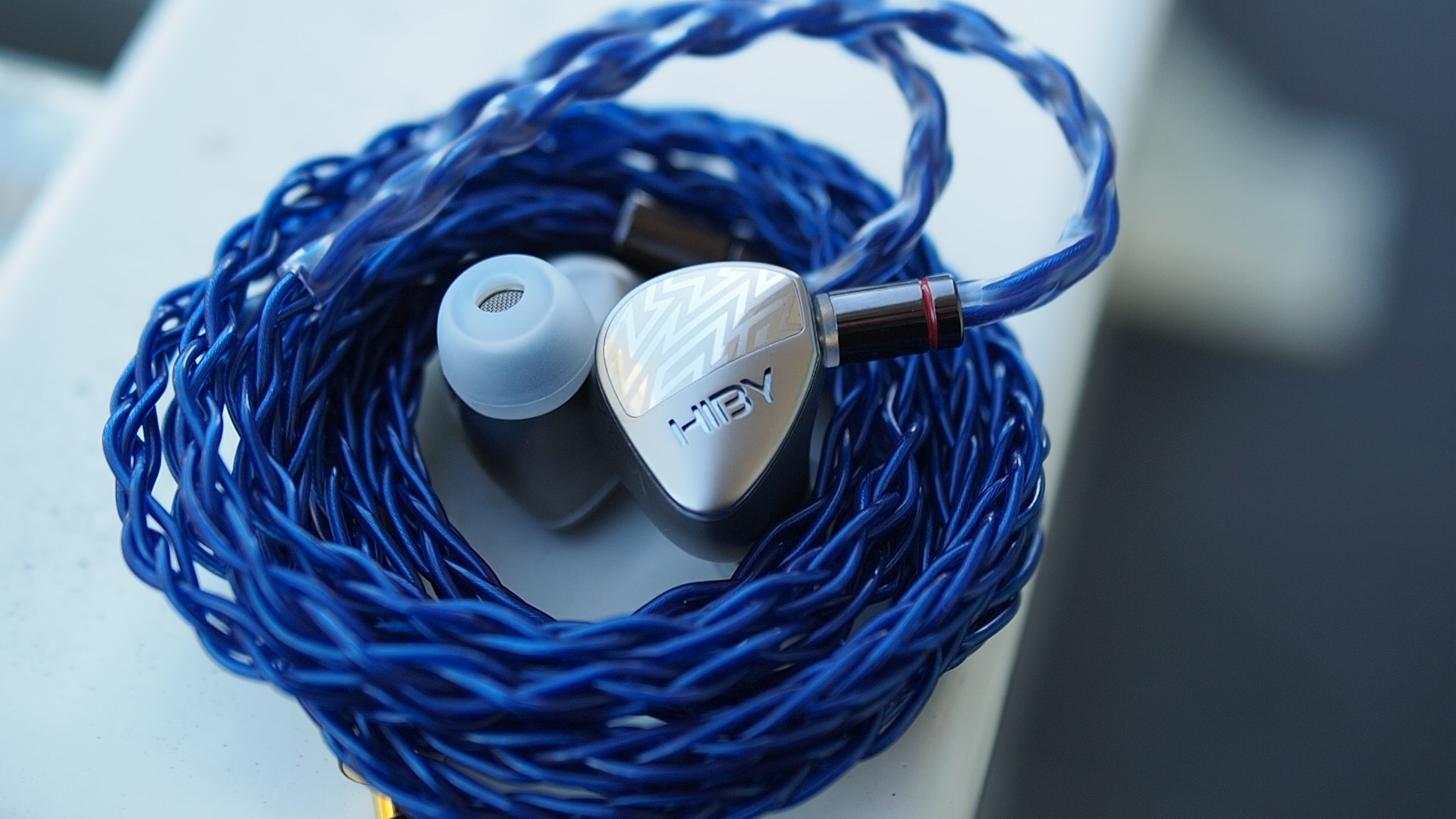
For example, consider the Presto movement in the Summer violin concerto. This piece contains dense and fast passages full of overlapping instruments, forcing IEMs and DAC/amp to reveal their weaknesses in resolution.
The Zeta maintains clear outlines of instruments, making it easy for me to track individual instruments in the orchestra. In back-to-back A/B tests, I immediately noticed that a good IEM like Moondrop Blessing 2 (4/5 - Good) sounds more congested and blurry from the opening phrase. I also found Zeta more articulated than Andromeda 2020 (4.5/5 - Very Good) throughout the piece. Only the U12T (5/5 - Excellent) outperforms the Zeta, offering more instrument separation and nuances within each instrument.
Another example I use to test detail retrieval is the Flute Partita in A Minor. Again, Zeta sounds noticeably more fine-grained and detailed and Blessing 2. I can also hear more ambience and air. The detail retrieval capability of Zeta is at the same level as the Andromeda and one step behind the U12T, which reveals more nuances in the flute and the room ambience.
In summary, Zeta is an accomplished IEM in both detail and clarity. It operates at a flagship level, though not necessarily the flagship of flagships. 4.5/5 - Very Good.
Percussion Rendering: 5/5 - Excellent
Percussion rendering reflects how well the tuning and technical performance of an IEM work together to recreate realistic sound of a drum set. Good drum hits have a crisp attack (controlled by frequencies from 4kHz to 6kHz), full body (midbass frequencies around 200Hz), and physical sensation (sub-bass frequencies around 50Hz). Good technical performance (“fast” driver) ensures that bass notes can be loud yet detailed. IEMs that cannot control bass very well tend to reduce the bass’ loudness to prevent muddiness.
The bass response is, without a doubt, the foundation and the brightest spot of Zeta’s performance. This IEM renders percussion notes with a clear attack, full-bodied sound, and resonating decay.
An example to evaluate percussion rendering is Hotel California (1994 live version). This version has an iconic drum line at the beginning that emphasises every kick and snare hit, making it easier to appreciate the percussion rendering. After comparing Zeta with the U12T (5/5), I noticed that the Zeta’s kick drum attacks were slightly less snappy, but the kicks were sustained longer, allowing me to appreciate the texture and details better. The kicks’ decay was also more extended as if they resonated across the soundstage. Compared to the Legato (5/5), the Zeta had slightly less bass quantity but more control.
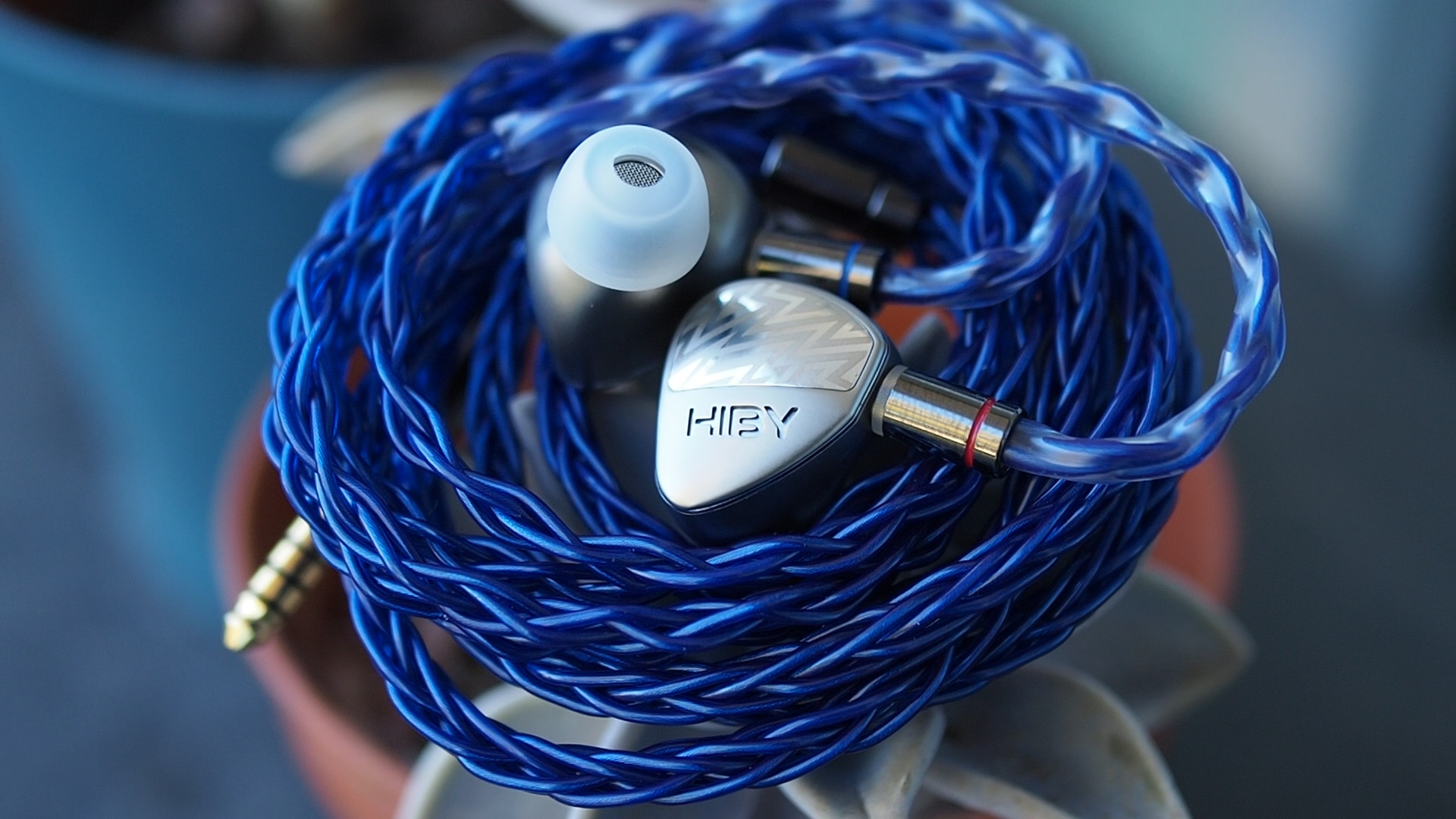
Another example to evaluate the percussion rendering is Skyrim’s main theme, Dragonborn. In the opening phrase, where war drums are used, the Zeta produces stronger rumbles than the U12T. Additionally, these rumbles have more texture than the Legato. As the music gets busy around the two-minute mark, the Legato loses its sense of rhythm while the Zeta maintains the beats. However, the Zeta sounds a bit more congested and busy than the U12T.
In summary, Zeta falls somewhere in between the more controlled presentation of U12T and the all-out basshead presentation of 7Hz Legato, both of which are top performers in their own right. While Zeta may not surpass either of these IEMs in terms of their unique strengths, it certainly holds its own with its impressive quantity and “bounciness” that surpasses U12T and its superior control compared to Legato. At the same time, Zeta’s percussion rendering is above the textureless and un-dynamic bass usually found amongst mid-fi and even some higher-end IEMs. 5/5 - Excellent.
Stereo Imaging (Soundstage): 5/5 - Very Good

Stereo imaging or “soundstage” is a psychoacoustic illusion that different recording elements appear at various locations inside and around your head. Your brain creates based on the cues in the recording, which are enhanced or diminushed by your IEMs, your DAC, and your amplifier. Some IEMs present a wide but flat soundstage. Some present a “3D” soundstage with layering, depth, and height. In rare cases, with some specific songs, some IEMs can trick you into thinking that the sound comes from the environment (a.k.a., “holographic”)
Although Zeta does not have the widest soundstage, it makes up for it by providing a decent sense of depth and layering. This allows for a clear distinction between instruments that are closer and further away on the soundstage, resulting in a three-dimensional illusion that is particularly impressive for orchestral and cinematic music.

Let’s take a look at Synchro by Tokyo Kosei Wind Orchestra as an example. Zeta has a similar depth and layering as the Andromeda 2020 (5/5). However, the soundstage structure and presentation are slightly different. Zeta’s musical content concentrates at the centre rather than spreading across the headspace like Andromeda. If I were nitpicky, I would say that Andromeda is still slightly ahead. Nevertheless, both IEMs can highlight the outermost background layer and are superior to a typical good IEM like the Blessing 2 (5/5), which has a significantly flatter 2D presentation.
To sum up, Zeta does not disappoint in terms of soundstage imaging. It offers a good soundstage width and can create out-of-head staging with certain recordings. It also excels in depth and layering. The only drawback is that it lacks some instrument diffusion across the stage, which prevents it from delivering a fully “holographic” experience. Nonetheless, it deserves a 5/5 rating for its excellent performance.
Source Pairing
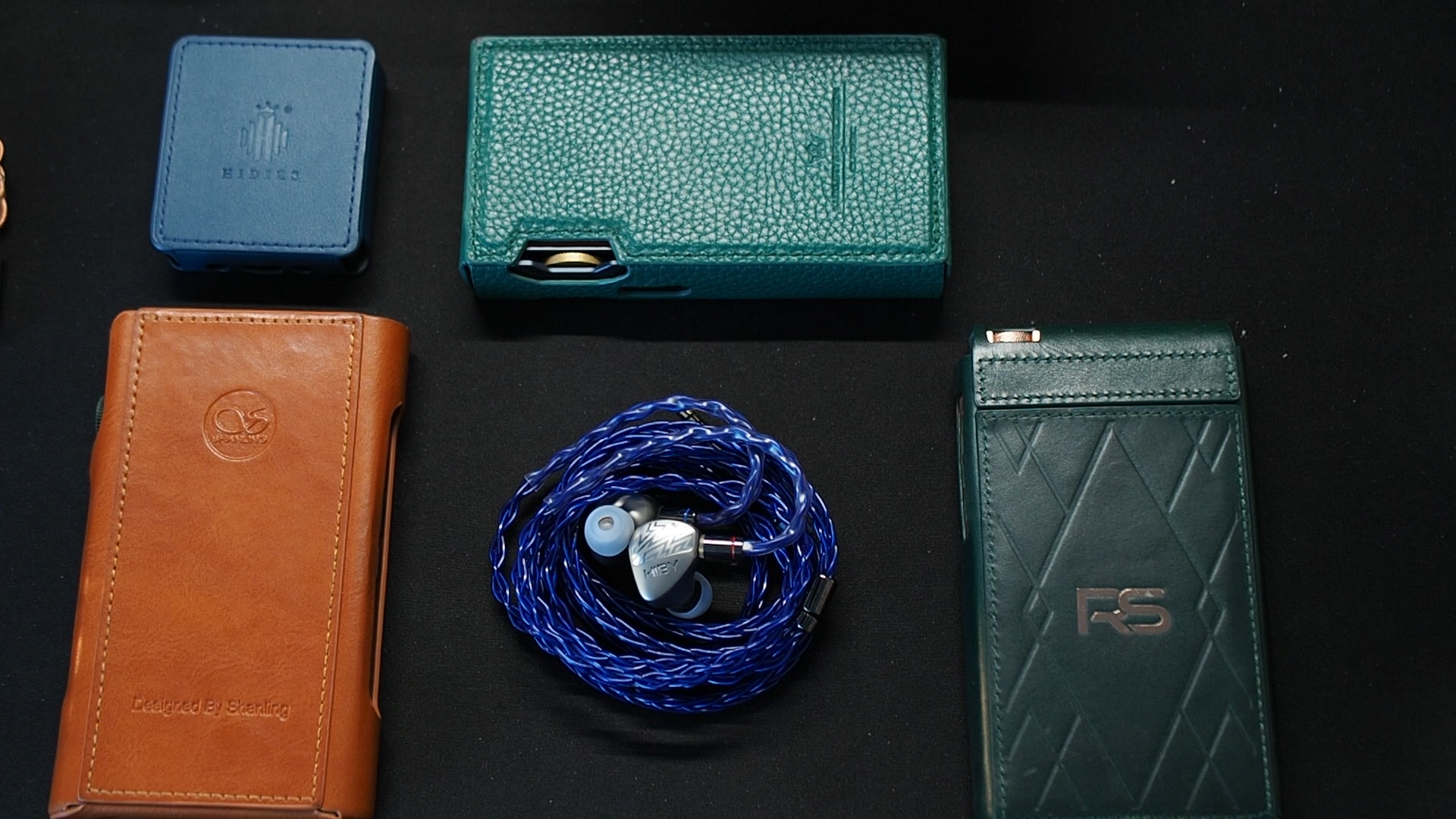
You don’t need a lot of amplification to make Zeta loud. However, using high-end sources can help you get the best performance out of the DD woofers and the EST tweeters. If you upgrade from a micro DAP like Hidizs AP80 Pro X to a full-sized device like Shanling M6 Ultra or FiiO K7, you’ll notice an improvement in the soundstage and clarity across the spectrum, especially in the bass region. And if you use a TOTL source like L&P P6 Pro, you’ll get even punchier bass and better control in busy recordings, like the section around the two-minute mark in Skyrim’s main theme.
Some Comparisons
In this section, I compare Zeta with some relevant IEMs. You can use my ranking list to compare Zeta with others. Due to the way I rank IEMs, if two IEMs score the same, they perform more or less similar.
Andromeda 2020: Zeta and Andromeda have a warm-leaning sound signature but approach it differently. Zeta leans towards a warmer Harman-inspired tuning, while Andromeda has an old-school multi-BA tuning with a thicker midrange that sometimes sounds muffled and congested. The bass on the Zeta is superior, offering more quantity and quality than the textureless bass of the Andromeda. Both IEMs provide a 3D soundstage, with the Andromeda offering a more atmospheric and “holographic” sound due to its diffused presentation.
64 Audio U12T: The 64 Audio U12T sounds flatter and more open than the Zeta. The U12T’s bass is more controlled, while the Zeta’s bass is more “bouncy” and fun. The U12T also has better detail and clarity, giving it an edge over the Zeta. Additionally, the APEX venting system of the U12T enhances listening comfort. Although the Zeta is not a direct replacement or upgrade to the U12T, it pairs well with the U12T to offer two alternative high-end listening experiences.
Conclusion
The kilo-buck market can be challenging for buyers and manufacturers alike. When entering this market, cost considerations often take a back seat to the pursuit of quality. The two most important questions for me are: (1) Does this IEM belong in this price range? and (2) What kind of sound does it offer? In the case of the HiBy Zeta, I believe the answer to the first question is “yes.” As for the second question, the Zeta has a pleasant tonality and presentation that most people will enjoy unless they seek the most pristine and open listening experience. Overall, I recommend the HiBy Zeta, but with some reservations.
Pros:
- Warm and engaging tonality
- Bouncy, fun, yet controlled bass
- Refined and detailed treble response
- Resolving and detailed
- High-level soundstage and imaging
Cons:
- Soundstage lacks diffusion to be holographic
- Lower-midrange might be too thick for some recordings
- Treble air could be more highlighted
